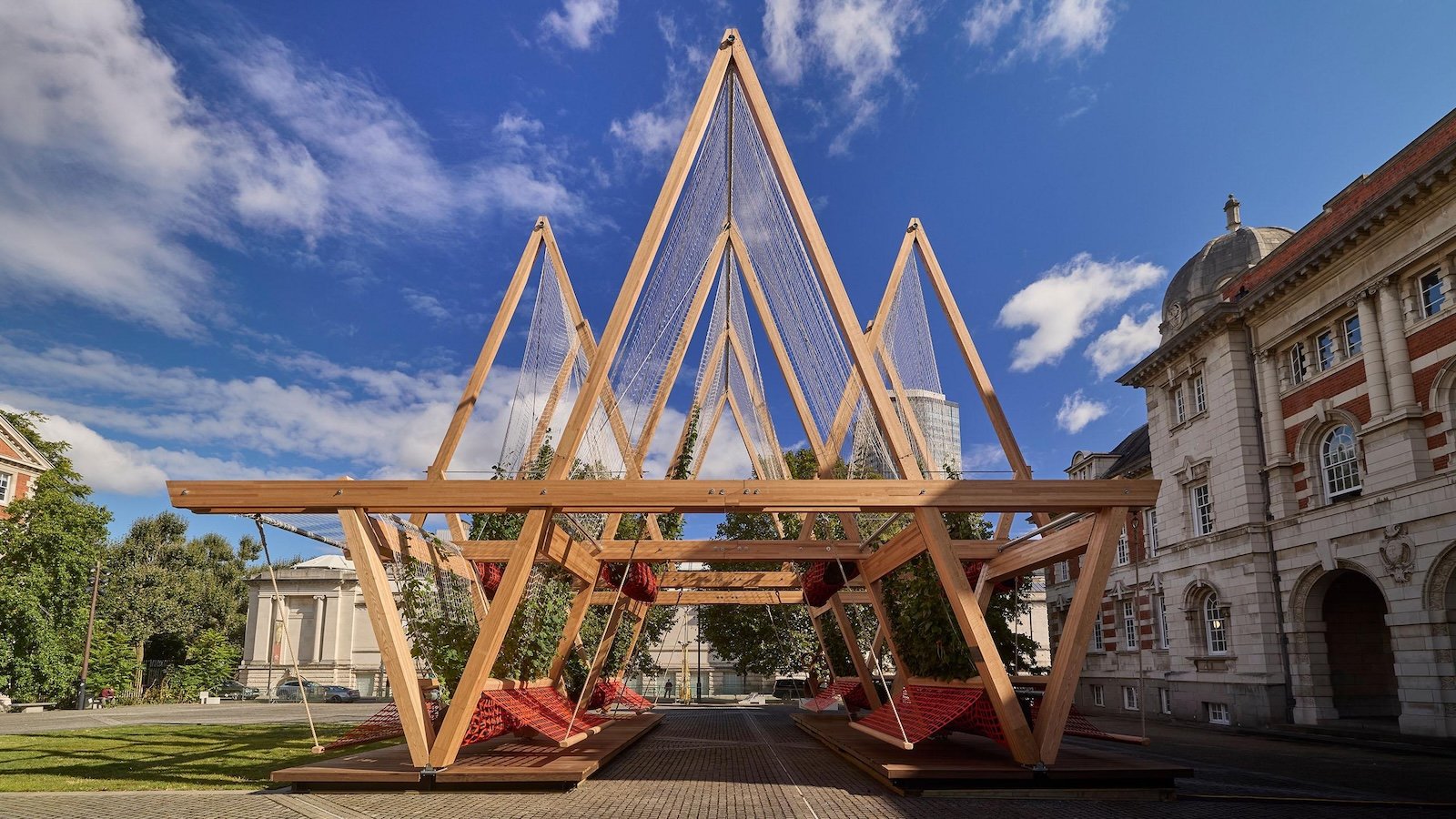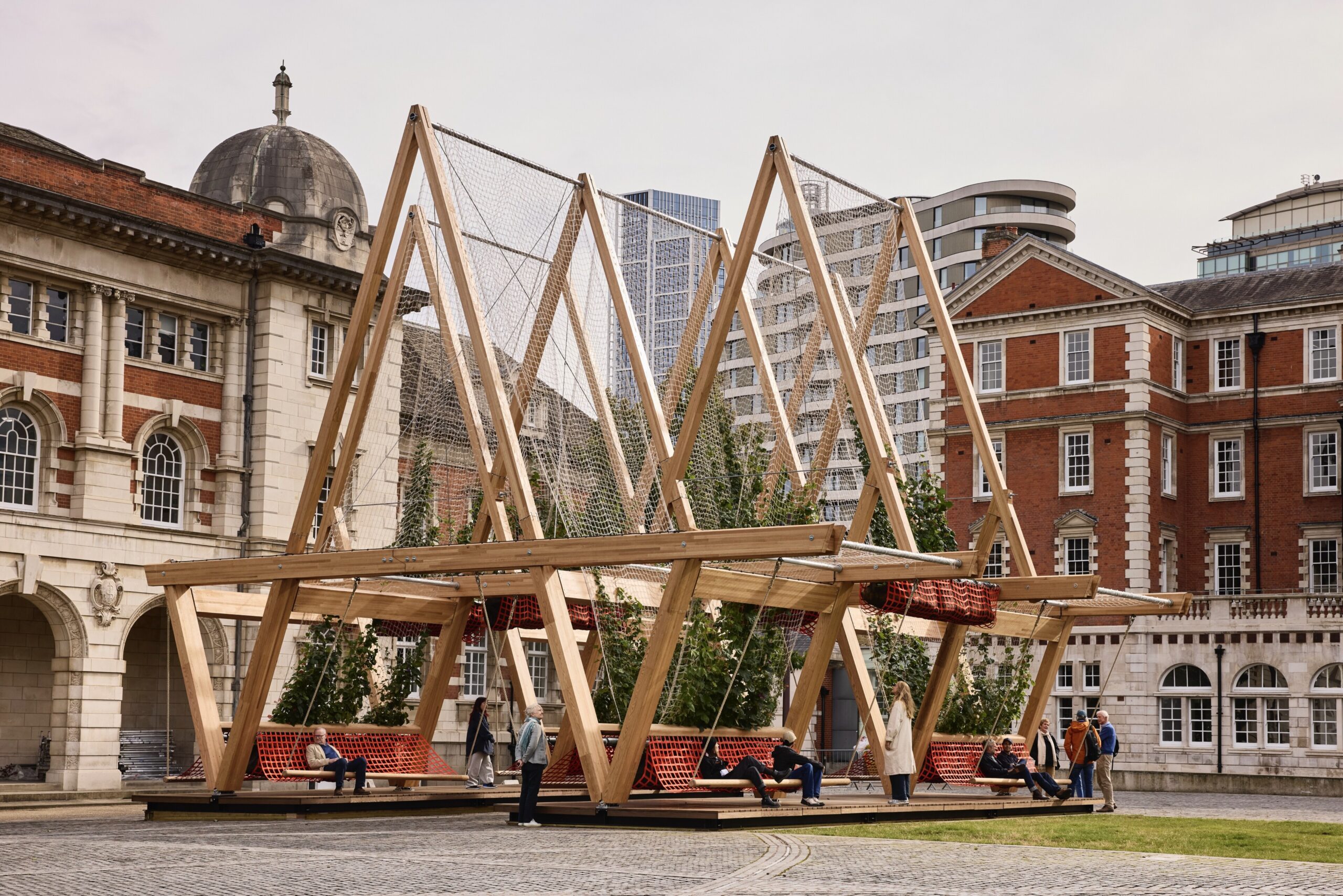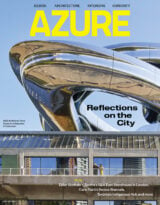
The aphorism that “imitation is the sincerest form of flattery” dates to at least the early 19th century. And while the well-worn phrase has been applied to everything from fashion and diction to social etiquette, it takes on a particularly acute depth in design, where natural materials are replicated with ever-growing frequency and sophistication. Take hardwood: In recent years, engineered surfaces, vinyl and laminate — and even ceramics — have all sought to simulate the depth, texture and beauty of nature. The results? It should all be taken as a compliment.
While imitations abound, the authentic beauty of real hardwood remains unmatched. Under the stewardship of the National Hardwood Lumber Association (NHLA), the North American hardwood industry is also evolving to meet increasingly rigorous sustainability standards. Today, a growing emphasis on care- fully managed forests, responsible harvesting and local sourcing practices is bringing a renewed spirit of innovation to an industry rich in heritage. What’s more, the NHLA’s new biannual publication, Hardwood & Design, shines a spotlight on the unparalleled aesthetic versatility of hardwood surfaces.

Led by Hardwood Industry Liaison Brennah Hutchison, Hardwood & Design offers architects, designers, builders, developers and contractors a unique window into a historic yet fast-evolving industry. Reporting on everything from flooring and wallcoverings to furniture, cabinetry, doors, millwork and mouldings, the publication pairs design ingenuity with education on a wide range of topics, including the provenance of North American hardwoods and emerging technologies like thermally modified wood. Inspiration is at the core: Whether in the rich dark tones of walnut, red alder, elm, cherry and red oak or the bright, energetic hues of white oak, maple and ash, Hardwood & Design showcases a wealth of possibilities.
In 2025, the integrity of North American hardwood is more appealing than ever. In a global landscape increasingly defined by material waste and an expanding carbon footprint, the fundamental qualities of hardwood — whose surface can be sanded down and refinished, requiring less frequent replacement com- pared to synthetic alternatives — continue to stand out. And in high-traffic areas, whether residential kitchens and living rooms or commercial spaces like offices, hotels and restaurants, the durability of hardwood makes it an exceptional choice. It’s a surface for the 21st century. And as Hardwood & Design elegantly demonstrates, there’s nothing like the real thing.
This content was published by Azure in partnership with the National Hardwood Lumber Association. Want to learn more? Get your free copy of Hardwood & Design at this link.
In Praise of Real Hardwood
The National Hardwood Lumber Association champions the sustainability — and beauty — of natural wood in an elegant new publication.
